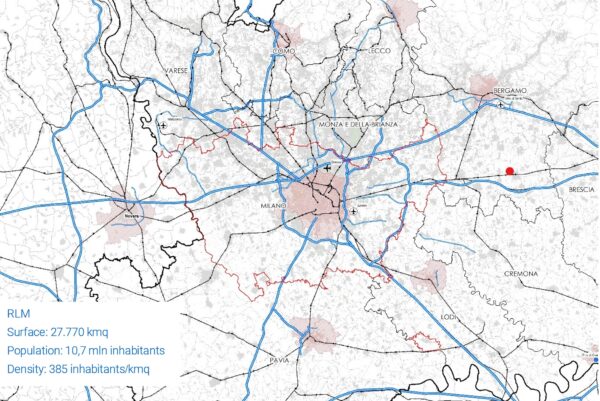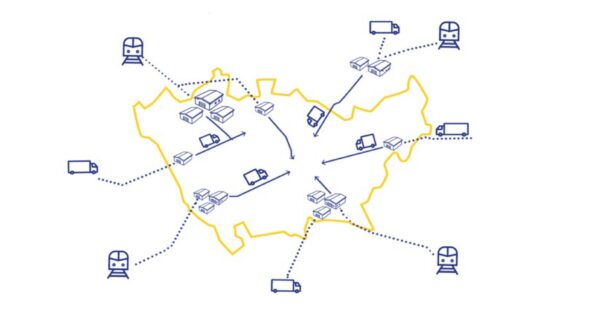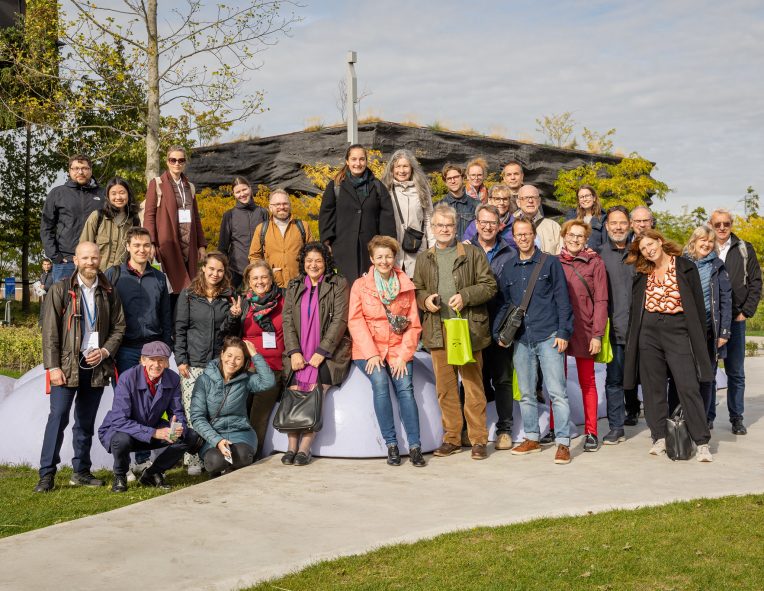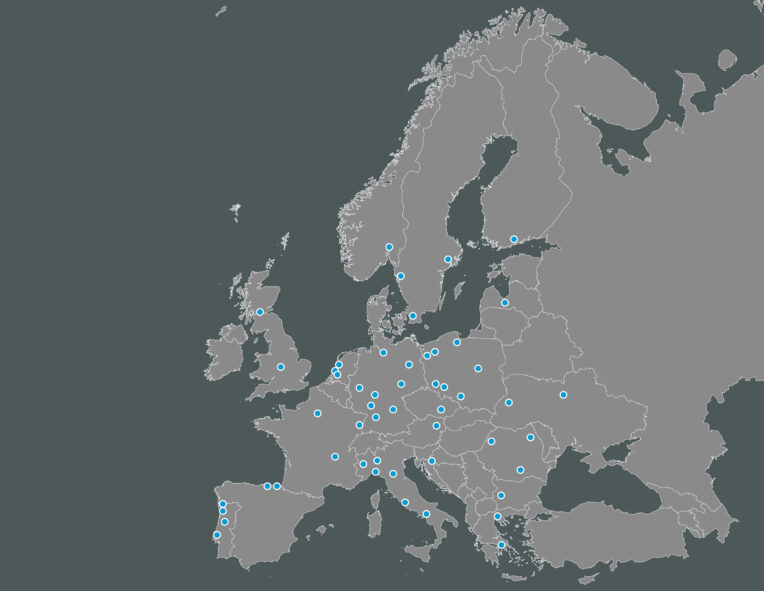Città metropolitana di Milano
Marco Griguolo, Deputy Mayor
Last Mile logistic system’s solutions for the Metropolitan City of Milan to reshape the sector, redraw connectivity and achieve sustainable territorial development
What is called the Logistics Region of Milan (10.7m inhabitants, population density 385 inhabitants/km2) goes beyond the borders of the metropolitan area embracing the nearest Provinces of Monza and Brianza, Lodi, Pavia, Como, Varese and Bergamo, and interregional connections to the logistic hotspots in Piedmont (Novara), Emilia-Romagna (Piacenza) and Veneto (Verona). Because of its strategic position at the crossroads between the Mediterranean Sea and northern Europe, located in the center of the Po Valley, Milan has become a crucial node for trade flows since the beginning of the first Millennium.

In this context, the territory of the Metropolitan City of Milan reveals the highest concentration of important systems of large scale distribution: 90 percent of the area for logistics aggregate around the main road and railways axis, one-hour away from the central urban area; while the management centers of the large logistics groups and groups of international shipments are mostly located in the eastern parts of the metropolitan area (air shipping is based in Linate Airport connected to the nearby intermodal systems of Melzo and Milano Segrate).
Meanwhile, warehouses of the main logistics operators and distributors, such as GLS, TNT, Bartolini, UPS, DHL, and the warehouses or stores of shipping companies such as Amazon, Ikea, and Esselunga, are in the north-west parts of the metropolitan area along the highway connecting Milan to Turin, as well as towards Bologna and Genova. Large stores and distribution centers in the periurban areas of the metropolitan city support also the supply chains serving the city center of Milan and reaching stores and commercial businesses located within the urban perimeter.
Moreover, the growth of e-commerce has provoked a significant increase in the number of pick-up points that are present at the urban level: 1,500 are active now, equivalent to one every square kilometer.
Where to locate the logistic centres?

The high concentration of logistics infrastructures and distribution centers within the metropolitan territory has urged the Metropolitan City of Milan to identify specific strategies to improve the efficiency and sustainability of the territorial logistics system. The outcome of this effort is the PULS (the Sustainable Urban Logistics Plan of the Metropolitan City of Milan), which has led to the identification of LOGISTICS HUBS, pivotal points located in the municipal territories along major transport infrastructures, such as railways, main roads, airports.
In what is still the evolving phase of the planning process, critical issues have emerged and mainly concern the current land use regulations. At present, only large logistic centers are under the jurisdiction of the metropolitan city, while medium and small-sized warehouses depend on the municipal permits. The challenge that needs to be addressed is the absence of comprehensive spatial planning and development measures at the metropolitan level providing guidelines in the identification of the appropriate sites for logistic hubs, according to existing distribution axis and flows.
To summarized, the PULS’ objectives include:
1) Reduction of the environmental and social impact generated by the storage and delivery activity;
2) Innovation of the logistics market;
3) Contraction of sprawl related to logistic infrastructures
To achieve these goals, PULS should be able to coordinate the municipalities in the identification of logistics settlements where production spaces and distribution services satisfy the logistics needs of the territories without provoking distress for the context involved.
Metropolitan Partnerships in action across Urban and Rural to read about more cases of metropolitan partnerships from across Europe.


